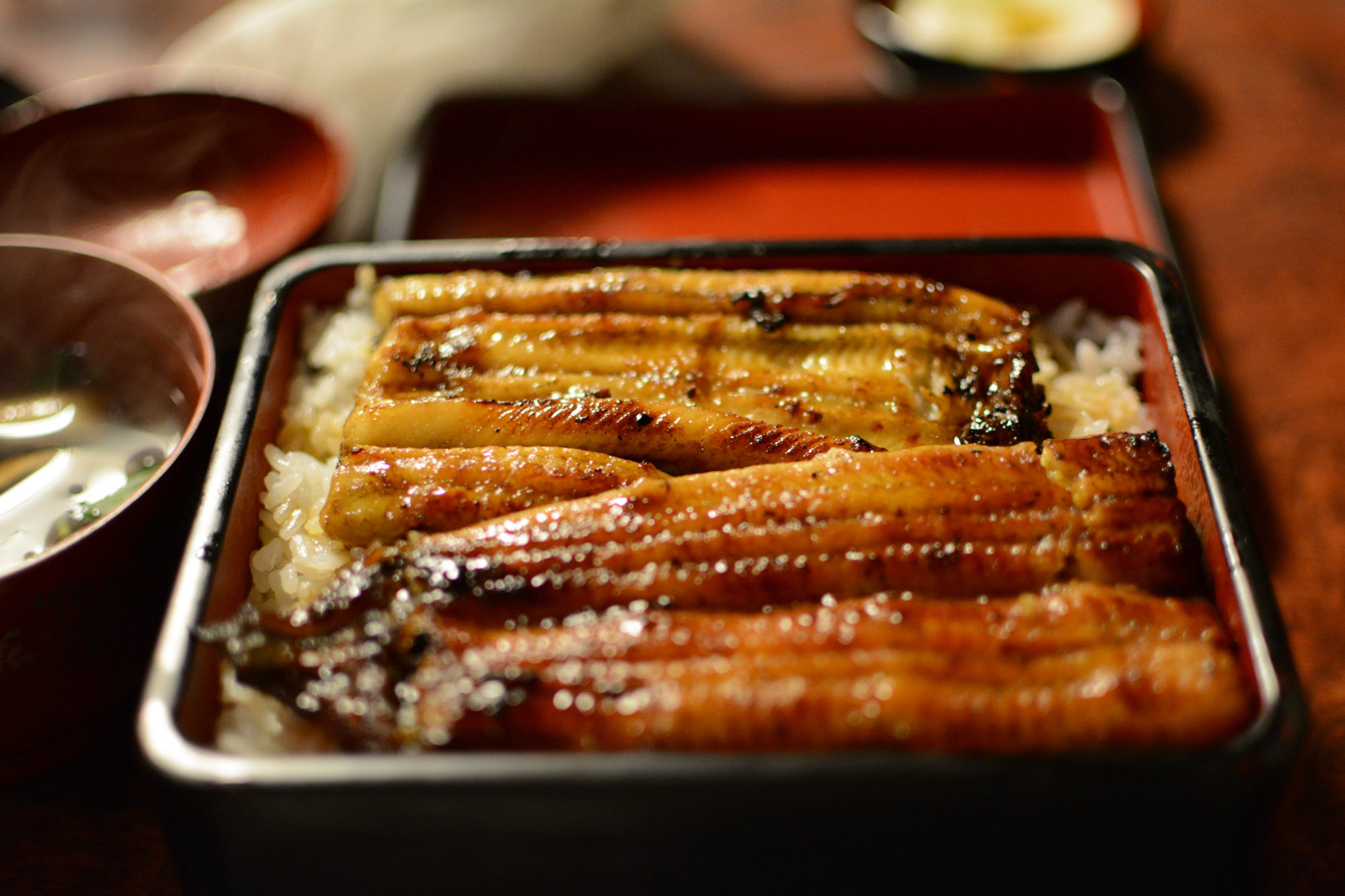Ask a Japanese person what they would choose for their last meal on earth and the answer may well be unagi (eel). In 2000, when domestic eel consumption reached peak levels, a whopping 70 percent of the world's eel supply ended up on Japanese tables. Eighteen years later, that figure has shrunk considerably — now it's more like 35 to 45 percent, but eel is still incredibly popular.
This year was a hugely expensive year to enjoy unagi, particularly the coveted glass eel. Most Japanese eel producers buy the eel fry (juveniles) from Southeast Asia and China, and then cultivate them at home before selling them on the domestic market. In January, imported eel fry were going for ¥3.9 million per kilogram, by far the costliest it has ever been.
By May, the end price for ready-to-eat, fully grown eels had settled into the ¥5,000 per kilo bracket, which, when eaten at a high-end restaurant, translates to about ¥4,000 to ¥5,000 for two slices.

















With your current subscription plan you can comment on stories. However, before writing your first comment, please create a display name in the Profile section of your subscriber account page.